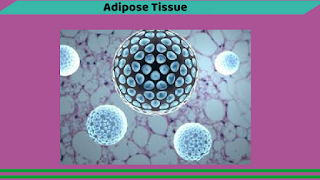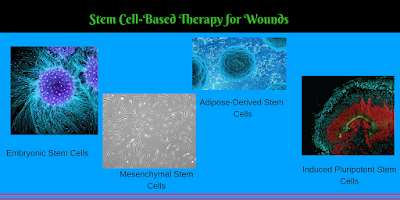
Strategies for Human Adipose Tissue Repair and Regeneration: Adipose tissue is an extremely vascularized connective tissue in the human body. It is responsible for energy storage and release of a number of adipokines that may act in an endocrine or paracrine manner. It is also a highly plastic tissue than can increase energy depots by hypertrophic growth and hyperplasic expansion of adipose stromal cells (ASCs). It contains many cell types including adipocytes, endothelial cells (ECs), fibroblasts, macrophages and leukocytes. The human adipose tissue can be found either in the white adipose tissue (WAT) or the brown adipose tissue (BAT) form. Tissue engineering is the interdisciplinary field where materials, cells, growth factors and other bioactive molecules are combined together to make transplantable constructs, the final goal being to promote repair and regeneration of damaged tissue . Loss or damage of adipose tissue needs repair and regenerative approaches not only for

